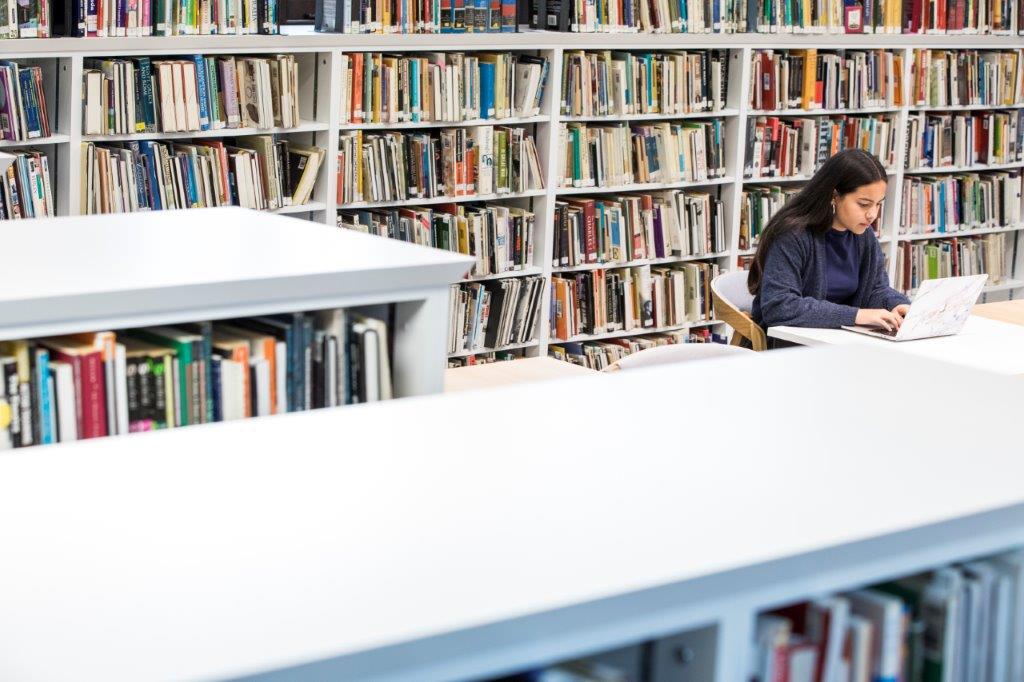In a world that is becoming increasingly aware of the importance of ‘screen free’ spaces, there’s a growing demand for well-designed, user-friendly libraries in schools. Never before has it been more important to offer pupils a place where they can disconnect from the frenetic technological advancement engulfing them.
Yet the real challenge lies in making these library spaces relevant for today’s world. It’s naïve and unrealistic to go cold turkey on technology. Simply banishing anything that beeps is unlikely to lure students in. Instead, careful integration must be achieved. Printed literature should be given the opportunity to harmoniously interweave with its 21st Century counterpart; technology should complement, not compromise, the school library experience.
Think… Zone Out. Literally.
The key to providing a variety of usable environments within your library is to section spaces into clearly defined zones, with specific and specialist purposes. Consider allocating carefully chosen areas where pupils can quietly browse on their mobile phones. On the flip side, be sure to allow designated spaces where phones and devices are not allowed. The use of laptops should be restricted to certain sections, and appropriate furniture provided to avoid a culture of laptops on laps. And this division of zones is an excellent opportunity to think creatively. Try and be different when establishing the definition of space. You could use distinctive flooring, furniture or even lighting to clearly demarcate where one area ends and another begins. Think about how to provide cosy spaces for individual reading and offer soundproof meeting rooms for collaborative work.
Think… About Flow.
Just as in a productive classroom, all elements and resources within a library should be accessible to all. Books and journals should be within easy arms reach, and an organised system of referencing should allow for seamless flow between genres, styles and resources. The key to a successful library is intuitive design. Carefully consider where power points will be needed and be sure to provide a range of seating. Traditional long rows of shelves may be easy to alphabetically catalogue, but they don’t necessarily lend themselves to a productive library environment. Be sure to test out the foot flow between one area to another, and if something doesn’t work, don’t be afraid to move it and try again.
Think… About Sound and Light
It’s an old fashioned preconception that libraries are places where hushed tones are compulsory and interaction is kept to a minimum. A successful library should emit a low hum of productivity. The key to creating this buzz is the right combination of flooring and furnishings. Sufficient sound deadening should be present to absorb voices and suitable flooring selected to avoid chairs excruciatingly scratching along surfaces. The use of light is an important consideration and a tricky balance to strike; illumination that’s too bright is threatening and uninviting, too low and nobody will be able to see the words on the page infront of them.If you’ve got a school library redesign project you’d like to discuss with us, please get in touch to discuss your requirements



